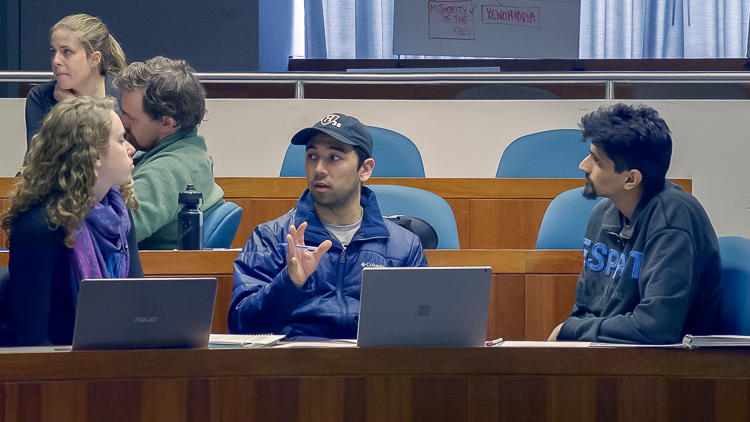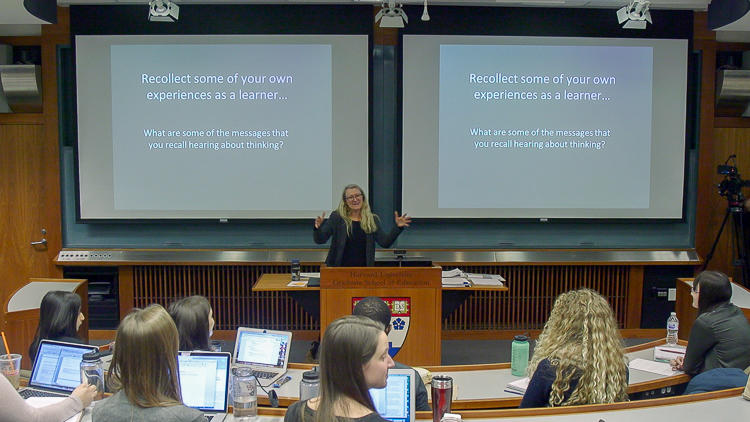Teams are most productive and conducive to learning when students with complementary skills, knowledge, and dispositions work together. That said, students generally don’t enter classrooms already sorted in these diverse ways. Often they group together based on achievement and engagement or based on background characteristics. In this video, Eric Mazur and his teaching team explain how and why they intentionally design heterogeneous teams. By using pre-class surveys and student demographic data, they find ways to assign students to teams in ways that play to each member’s strengths and afford everyone the chance to learn.
Designing Project Teams that Work
Instructor
Eric Mazur, Balkanski Professor of Physics and Applied Physics
Student Group
Undergraduate
School
School of Engineering and Applied Sciences
Course
AP50 Physics as a Foundation for Science and Engineering
Group Size
60 students
- Find ways to collect data about students even before they step foot in your classes. For example, quiz students during enrollment to find out about their prior coursework experiences, current major/minor, self-efficacy in your discipline, future plans, and group work preferences.
- While heterogeneous teams are optimal, it is also important that students feel connected to one another. As such, when designing teams, make sure that you’re attentive to the social dynamics within your room and you consider issues of functionality.
- Foster a safe and welcoming learning environment. Stress is not conducive to deep and meaningful learning so make sure that there are simple and straightforward processes for conflict management and resolution.
Effective teams are dependent on the resources available to the group, among other factors. Group heterogeneity can be one way to increase the group’s resources (Michaelsen, Jones, & Watson, 1993).
- Vanderbilt University’s Center for Teaching provides useful hints to make team work effective.
- The University of New South Wales list helpful tips for helping students reflect about the effectiveness of their team.




